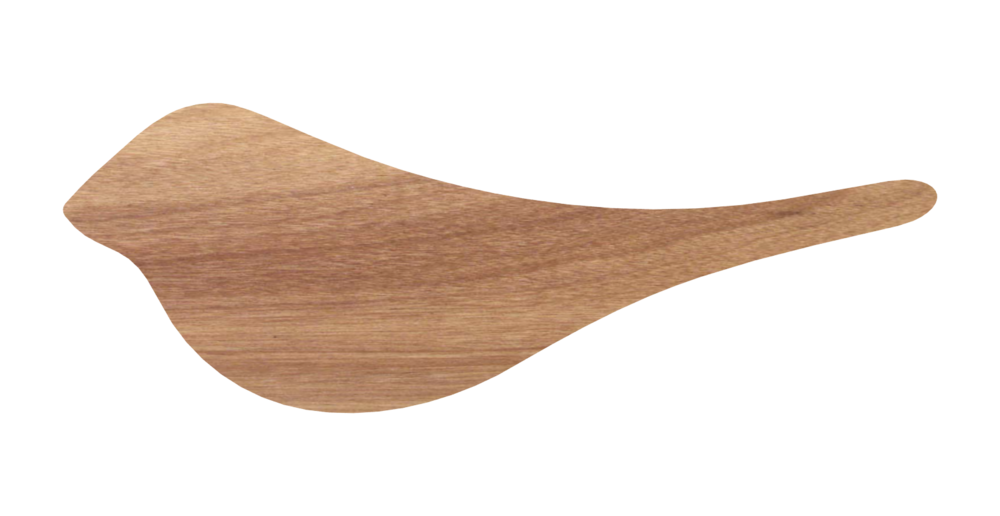
Product Type: Boardroom Table - Akron Public Schools
Project Type: Professional Work
A one-of-a-kind piece designed and built through the collaboration of APS staff, students and industry partners. The table was commissioned in late summer 2024 and reflects a year-long effort blending craftsmanship, design and real-world learning. Students from the Construction & Building Technology pathway at Garfield Community Learning Center (CLC) played a key role in the project. Over several weeks, they visited the APS carpentry shop on Grant Street to rough cut lumber and assist with assembly. Throughout the process, students gained hands-on experience with: applying Formica to wood structures, routing Formica and wood, creating pocket holes for joinery, as well asl identifying and using different types of adhesives. Students from the Welding Technology pathway at East CLC contributed their skills by cutting and welding the steel support brackets that stabilize each section of the table. Each support bracket features a precision-cut, triangle-shaped district logo. A larger, prominently placed APS logo adorns the front of the table, serving as a centerpiece that reflects the district’s identity and pride. These custom elements not only add structural integrity but also elevate the table into a unique work of functional art.

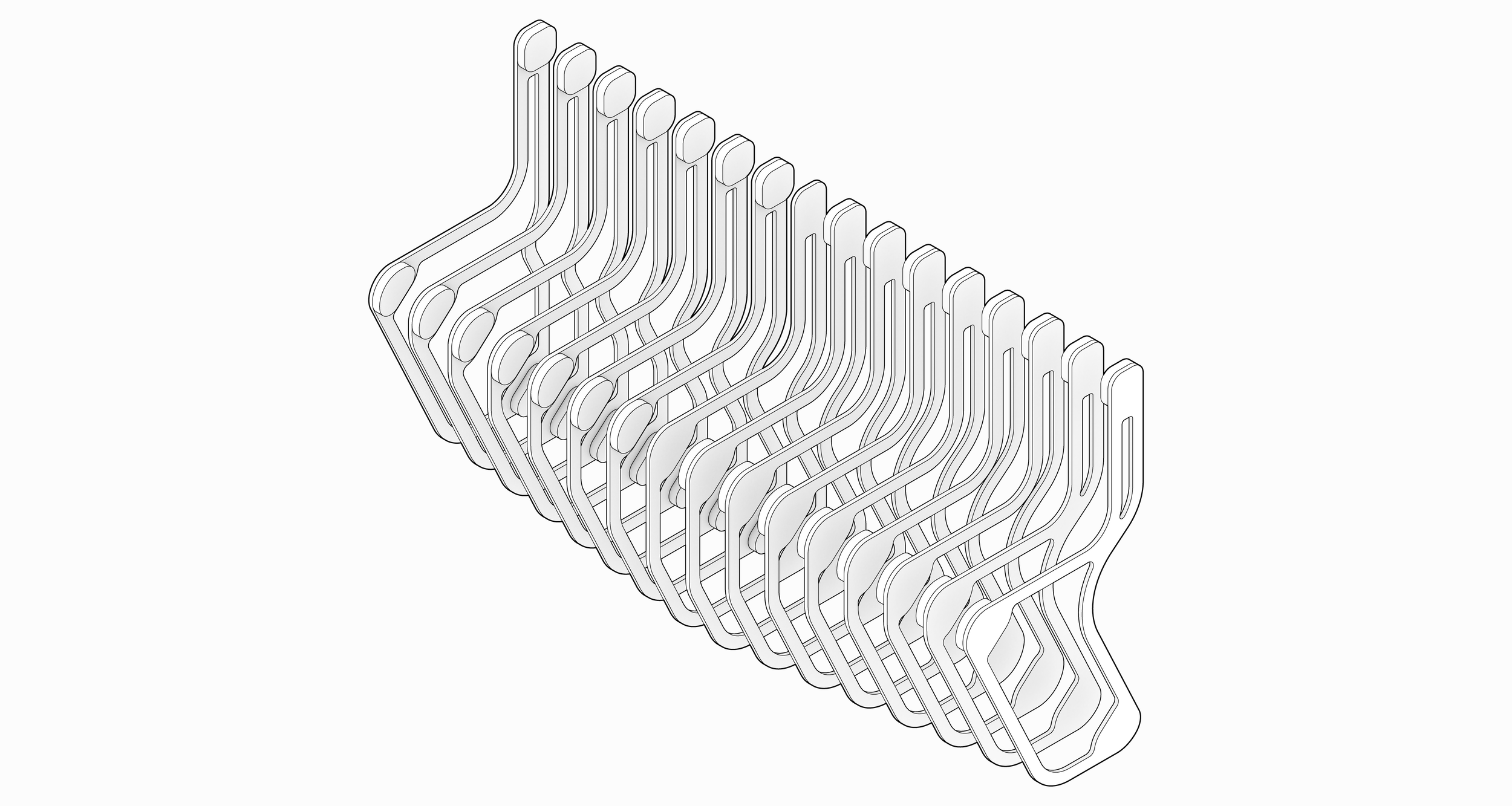
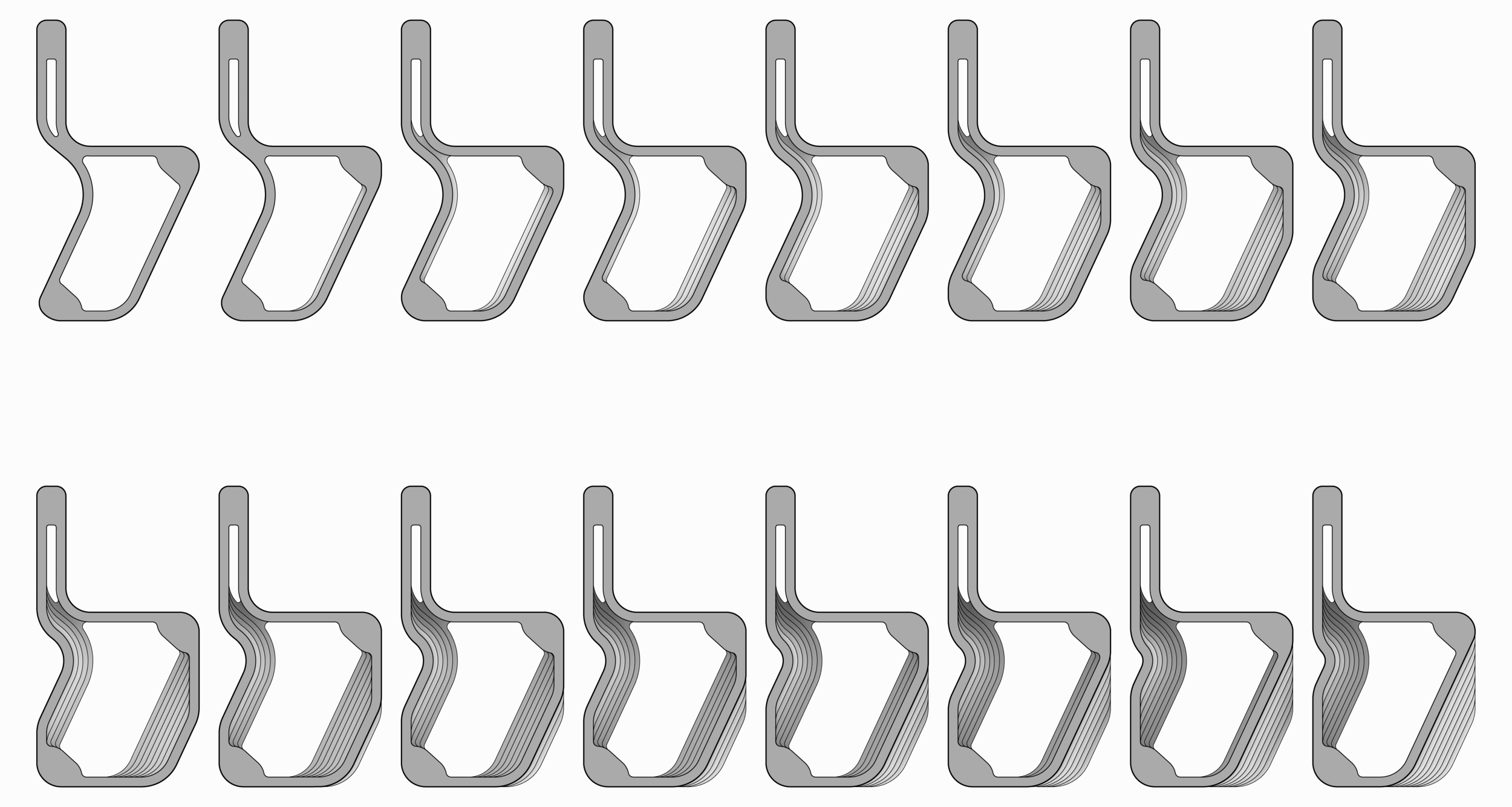
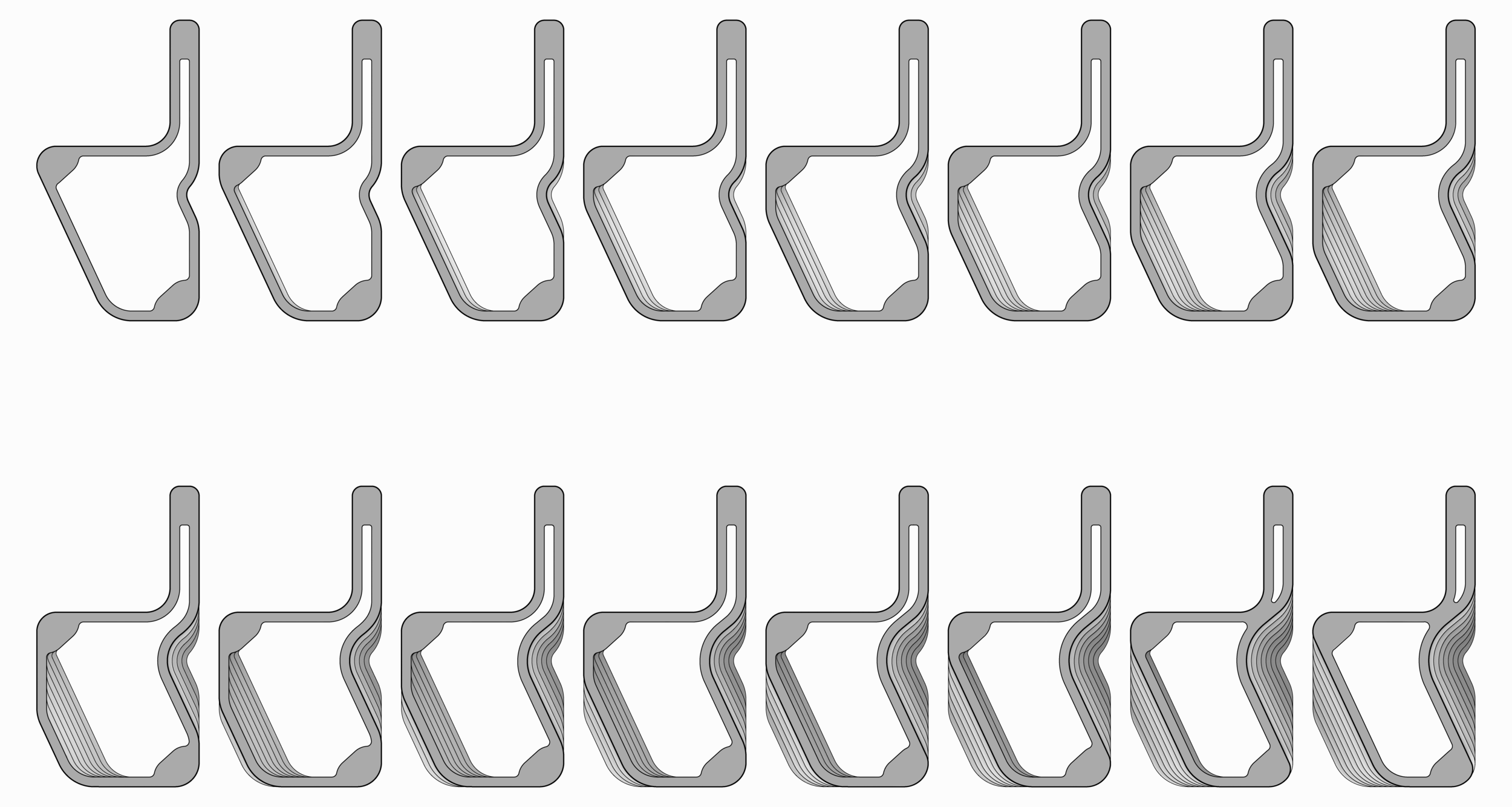
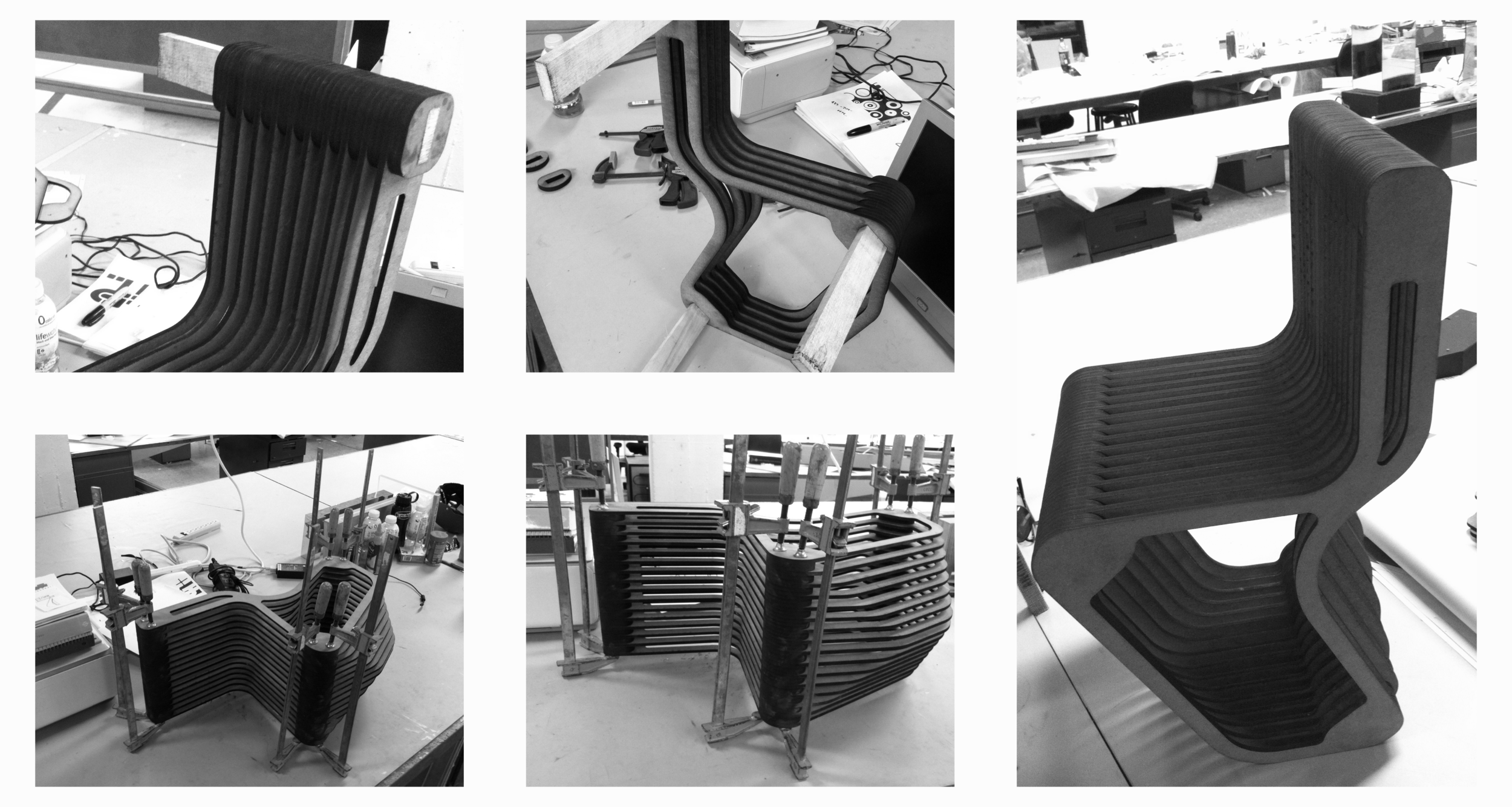
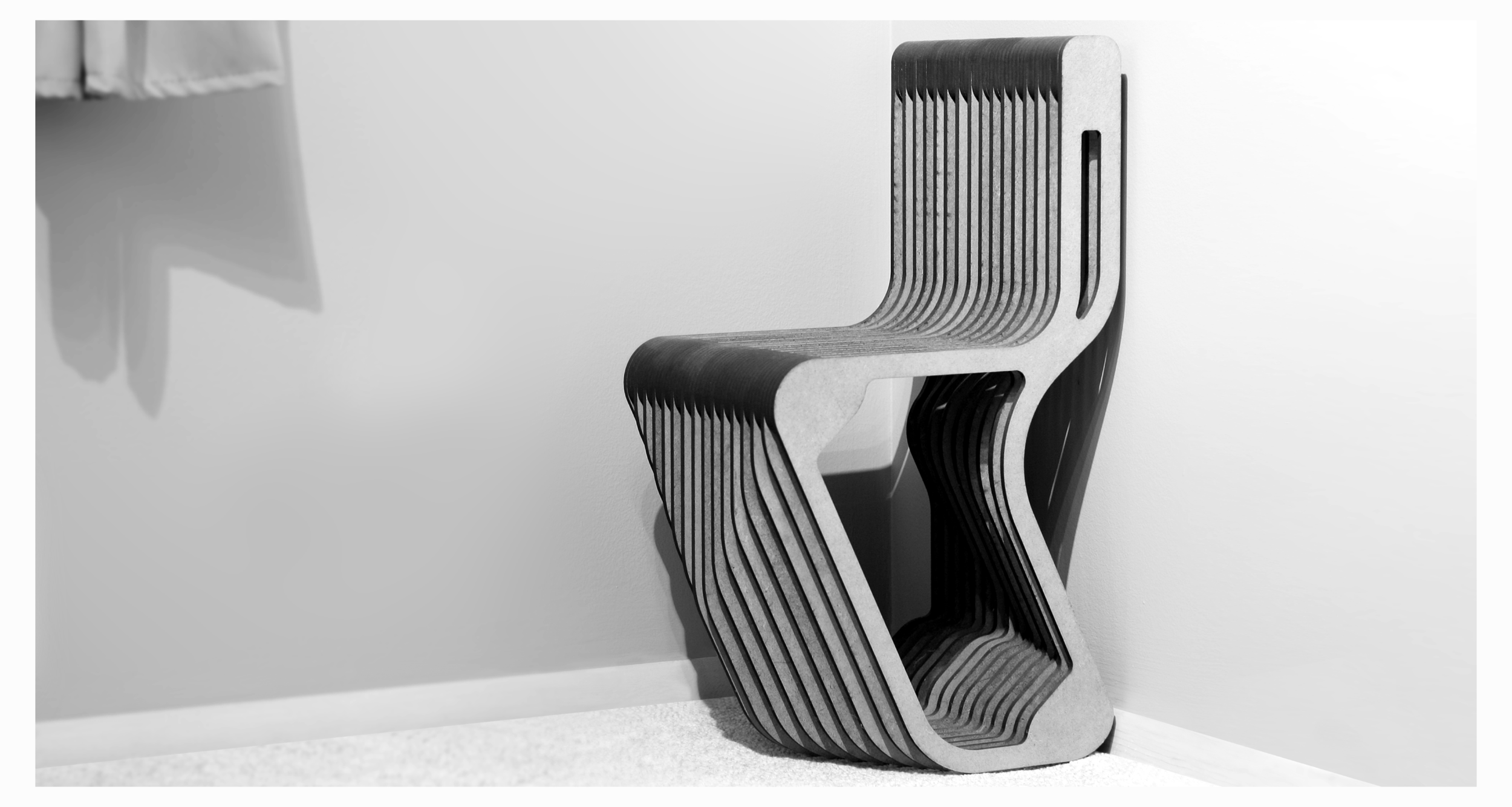
Product Type: Kid’s Chair
Project Type: Graduate School Work
Designed almost exclusively as a series of sectional explorations, the Kid’s Chair seeks to define itself as a series of undulating lines, planes, and surfaces. While each section profile may appear to be somewhat fragile and even perhaps structurally unstable, this imaginative and playful structure finds stability through the collaboration between its individual elements with respect to its holistic formation of a generative volume. Despite the fact that the traditional technique of wood lamination was utilized, it was essential to employ the use of a laser cutter to retain the various curved edges.
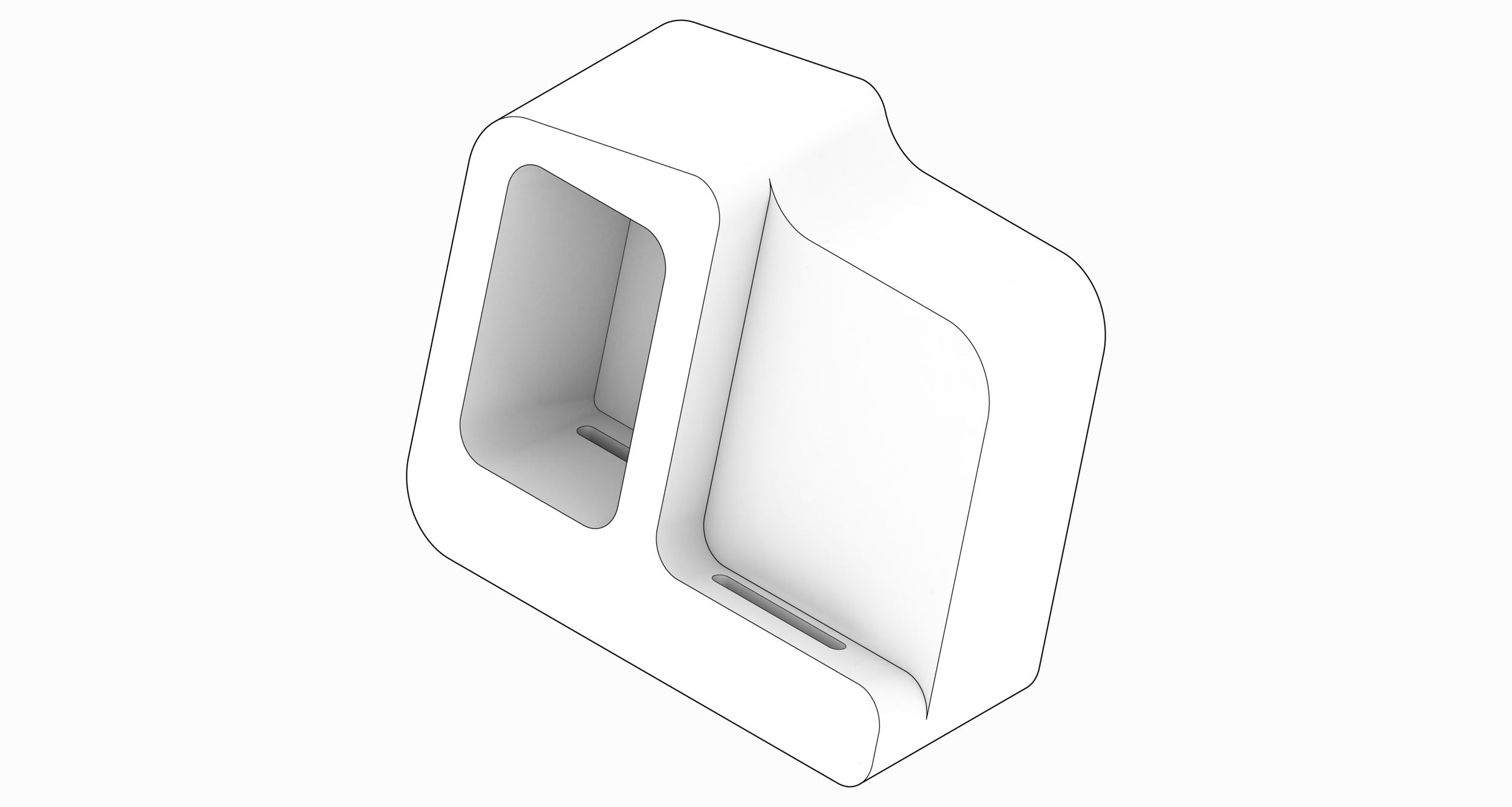

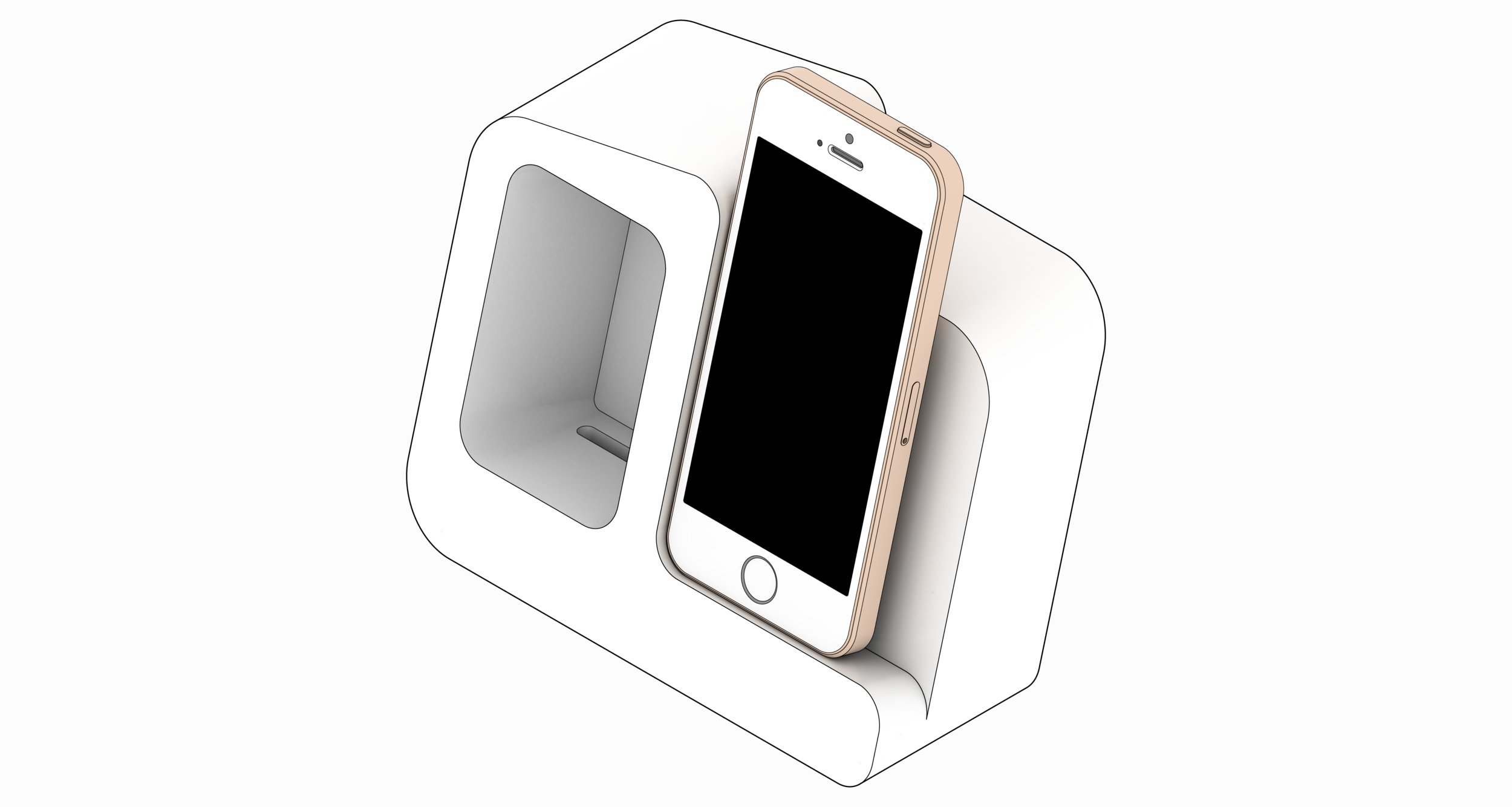
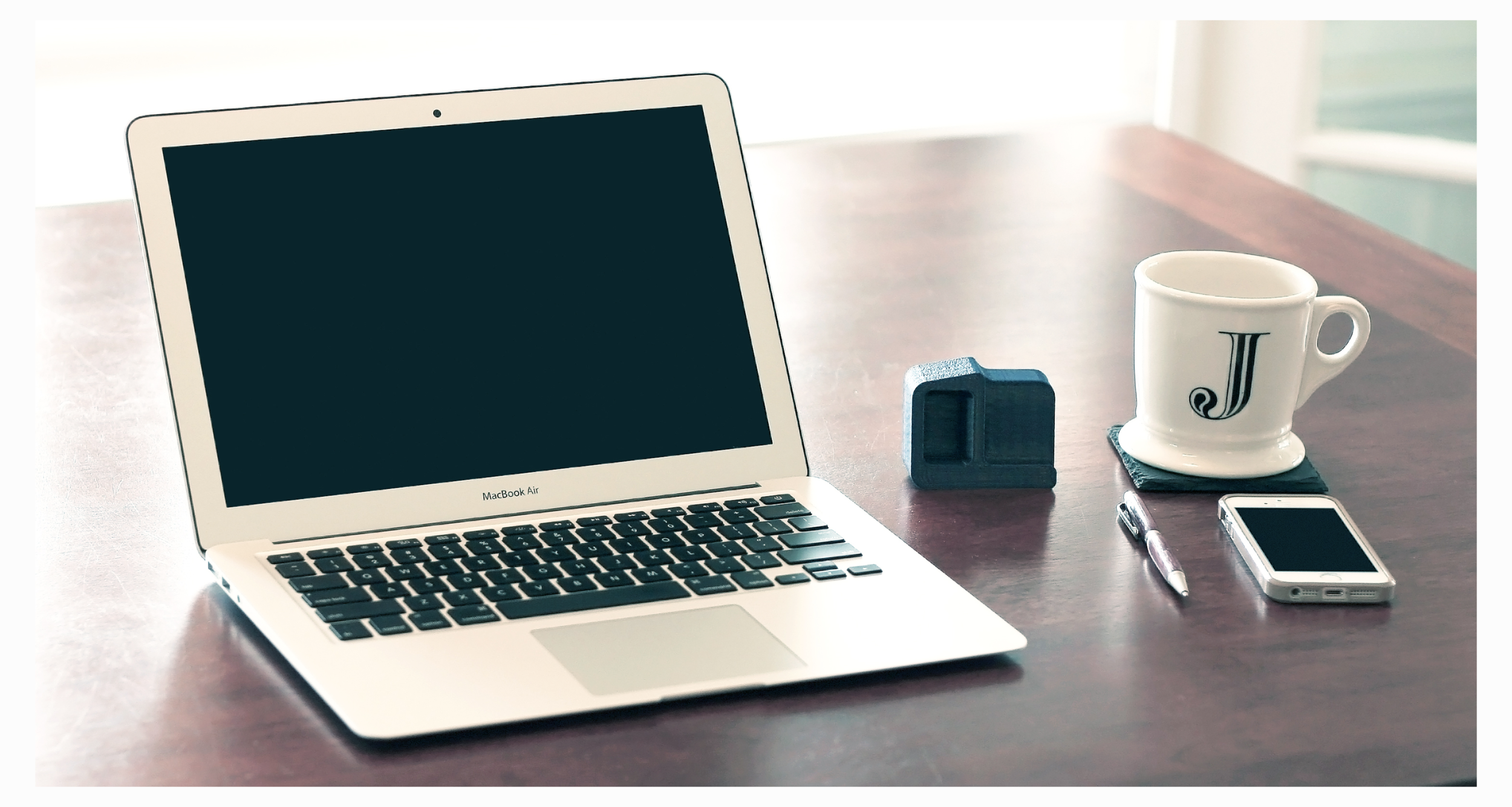

Product Type: 3D Printed Cell Phone Amplifier
Project Type: Professional Work
The Sound Lounge represents a sincere balance between form and function. Designed with both aesthetic and practicality this passive cell phone amplifier offers sleek and stylish visuals while enhancing the overall sound output by approximately 10 decibels without any additional electrical power required. Due to the complexity of the 3D object as well as the intricate curves of the contours this 3D model took approximately 42 hours to print at a resolution of .1mm.
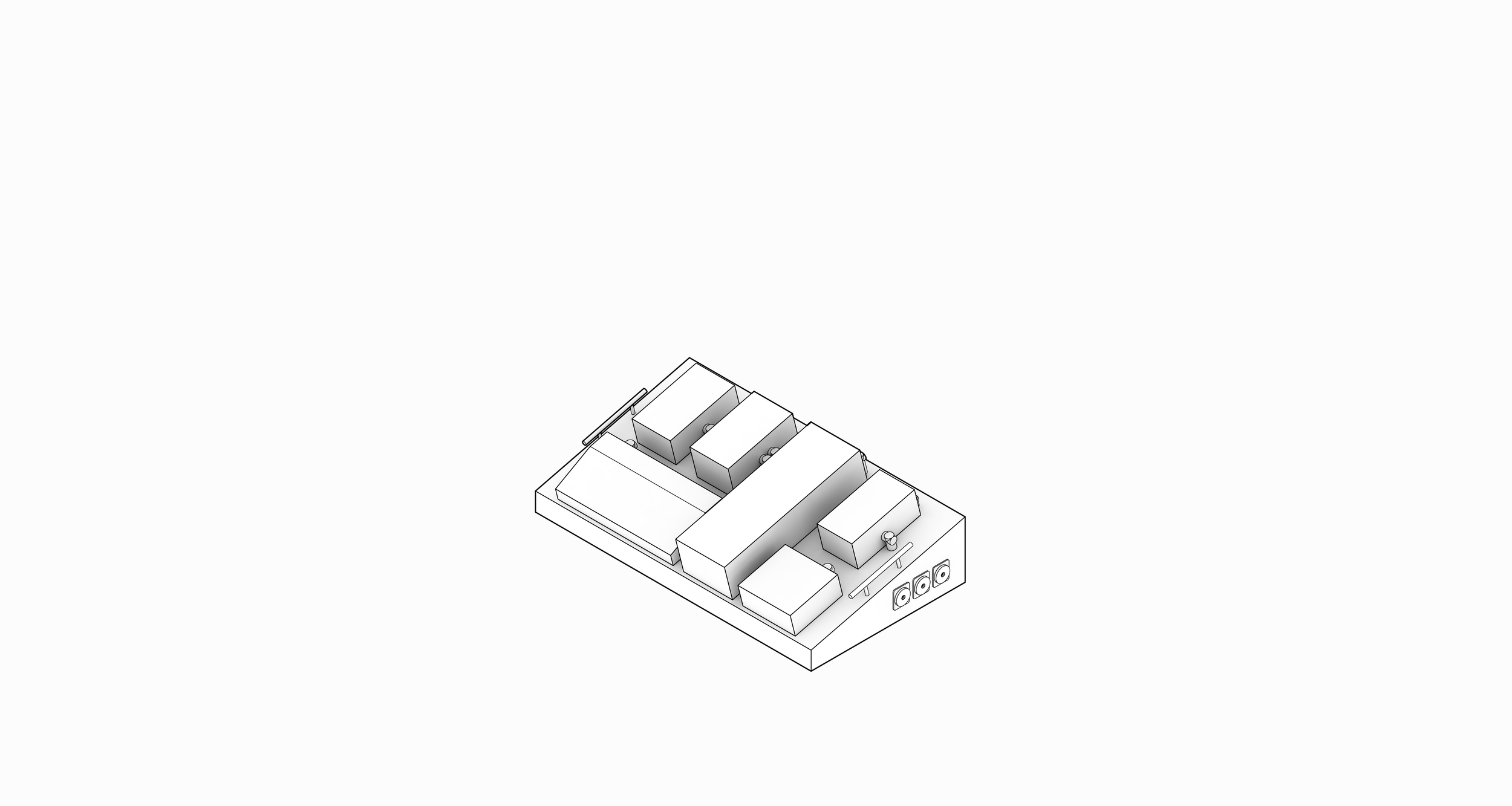



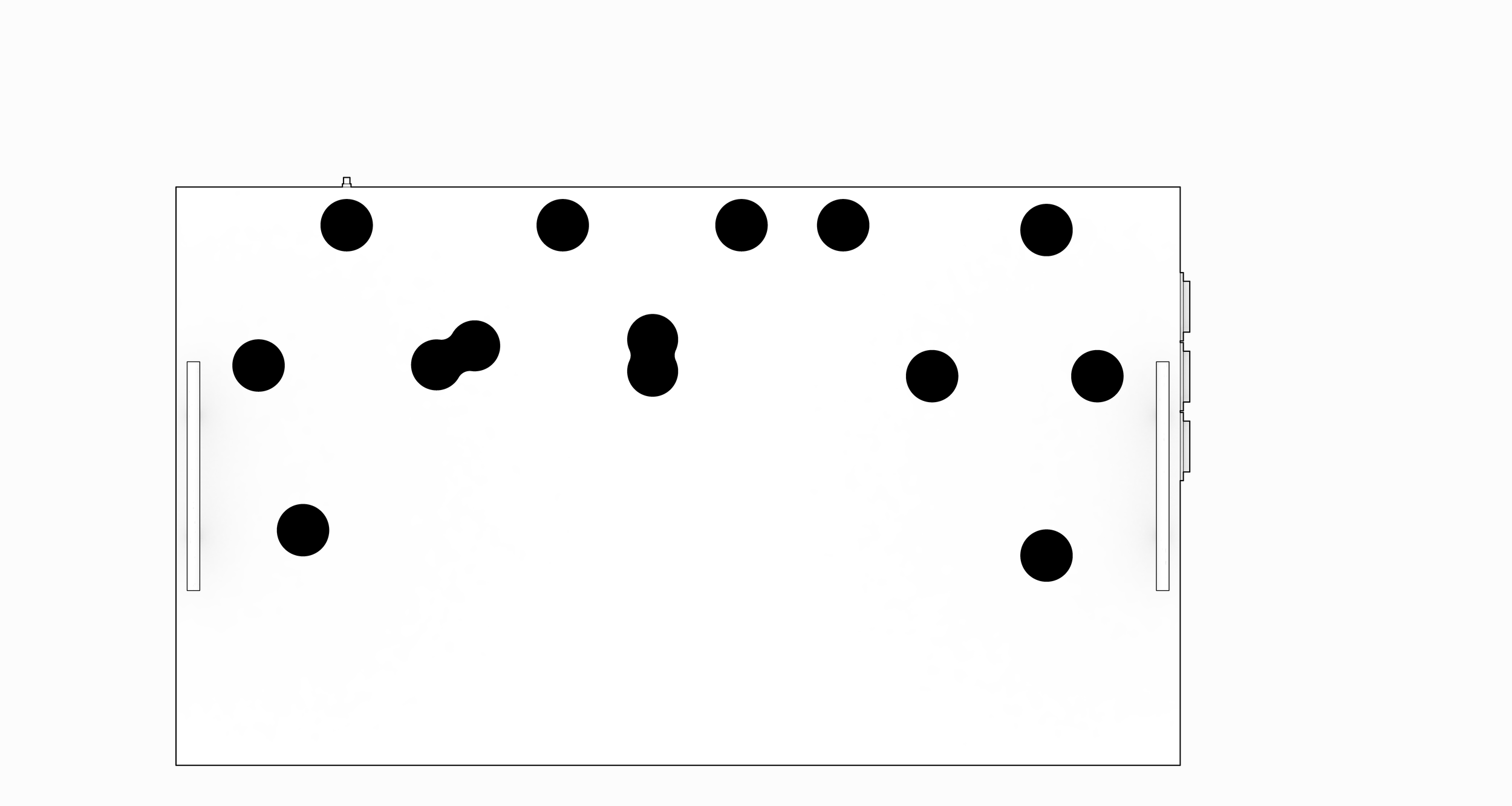

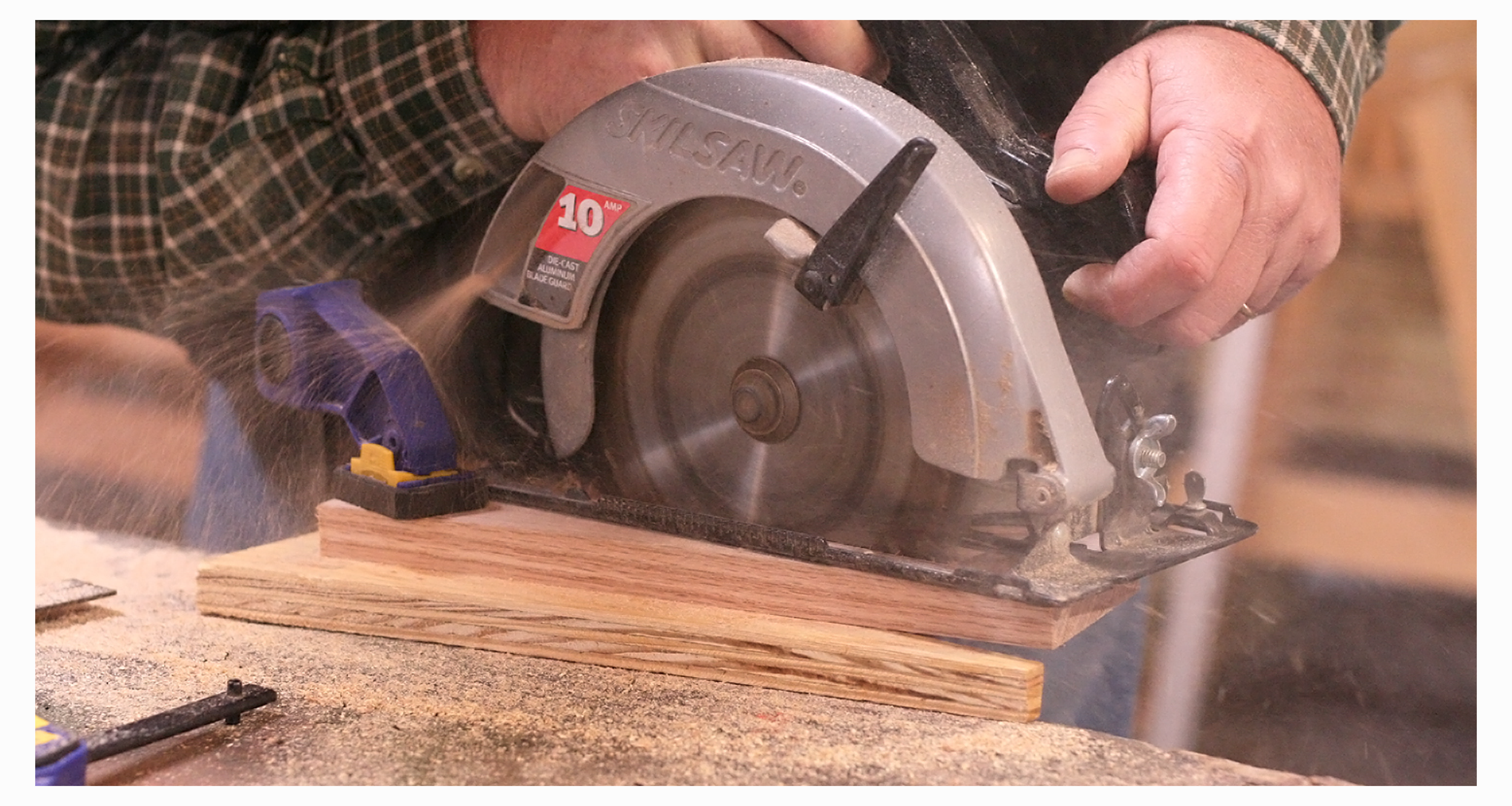
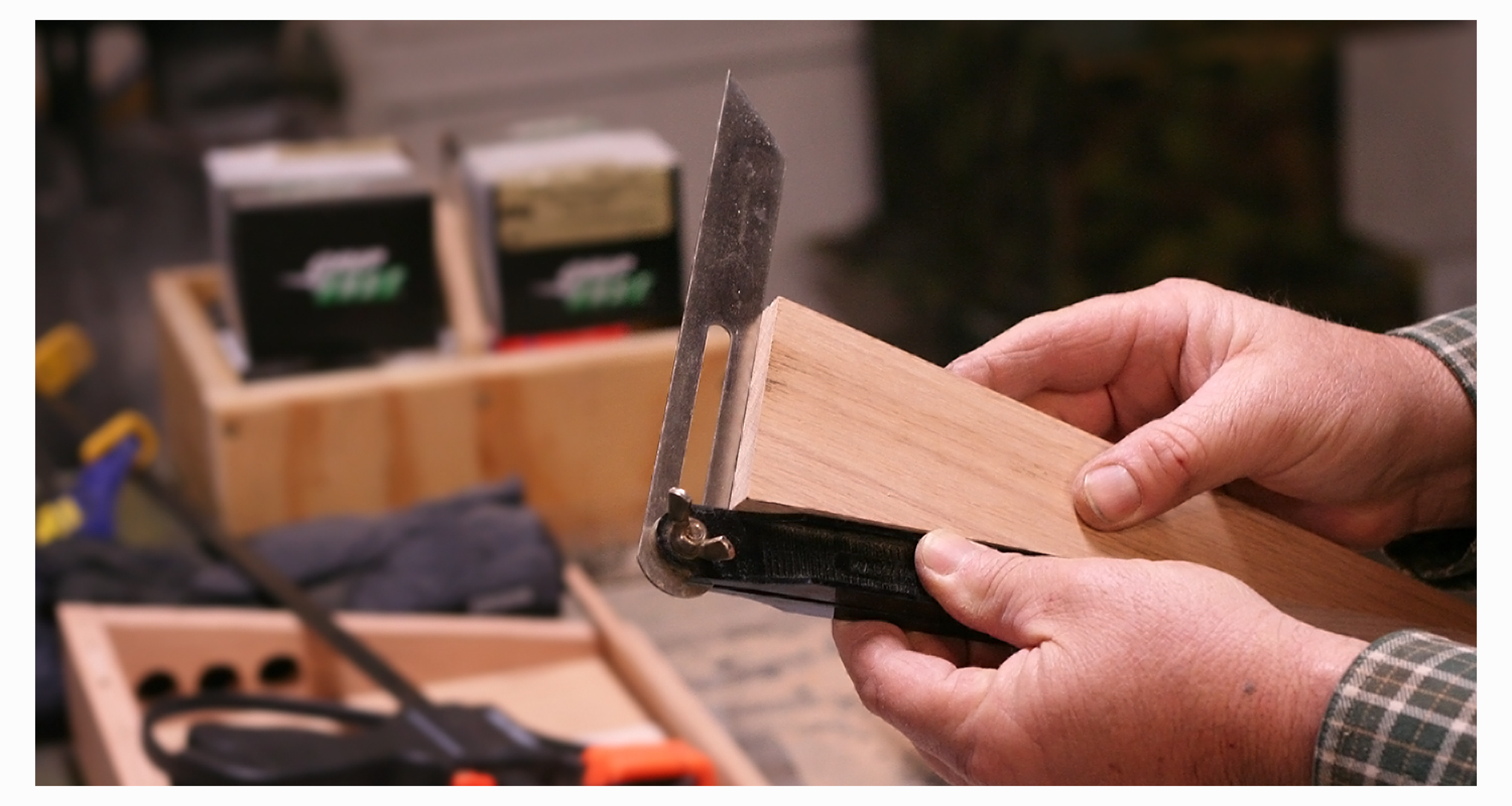
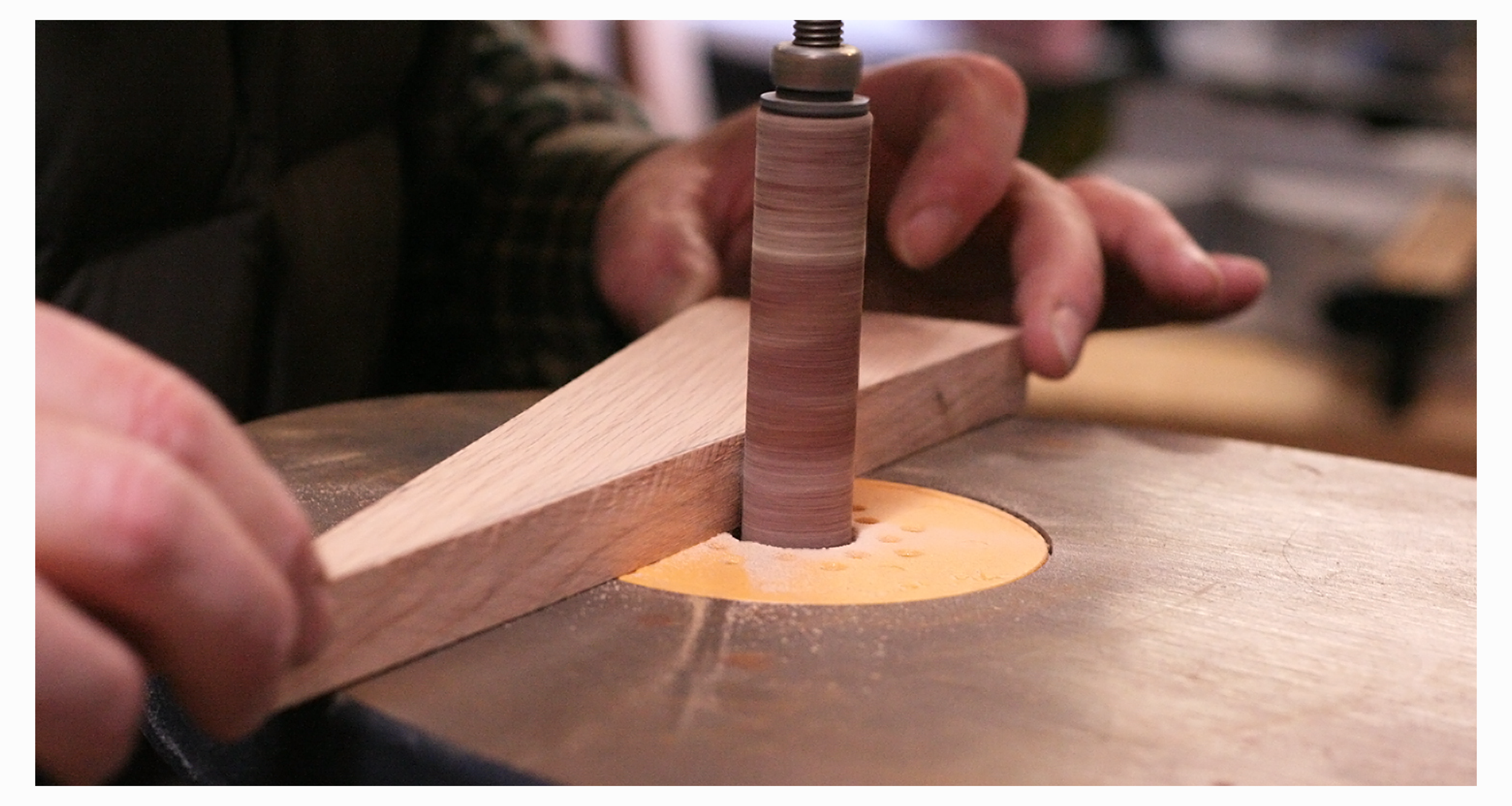
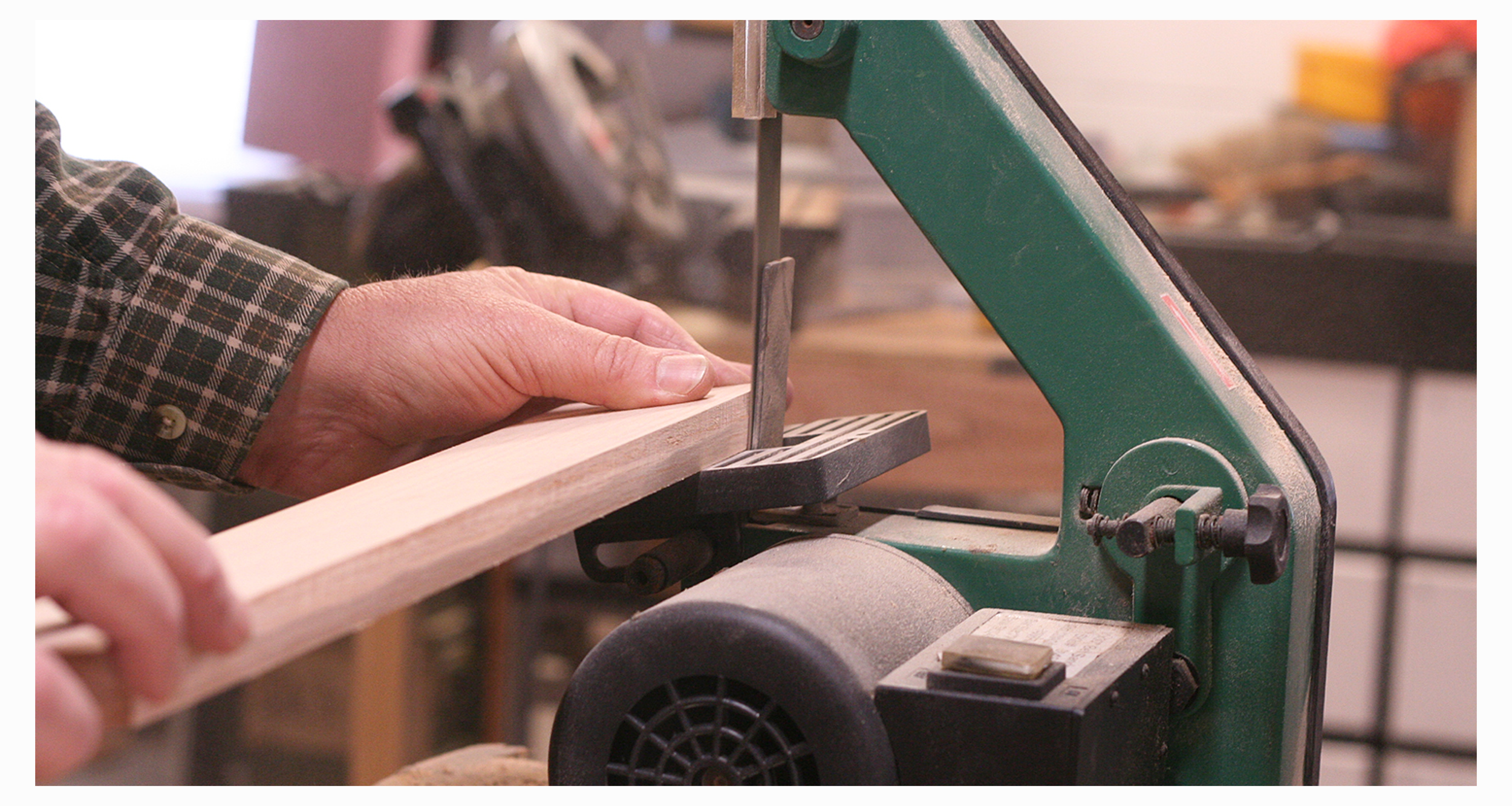

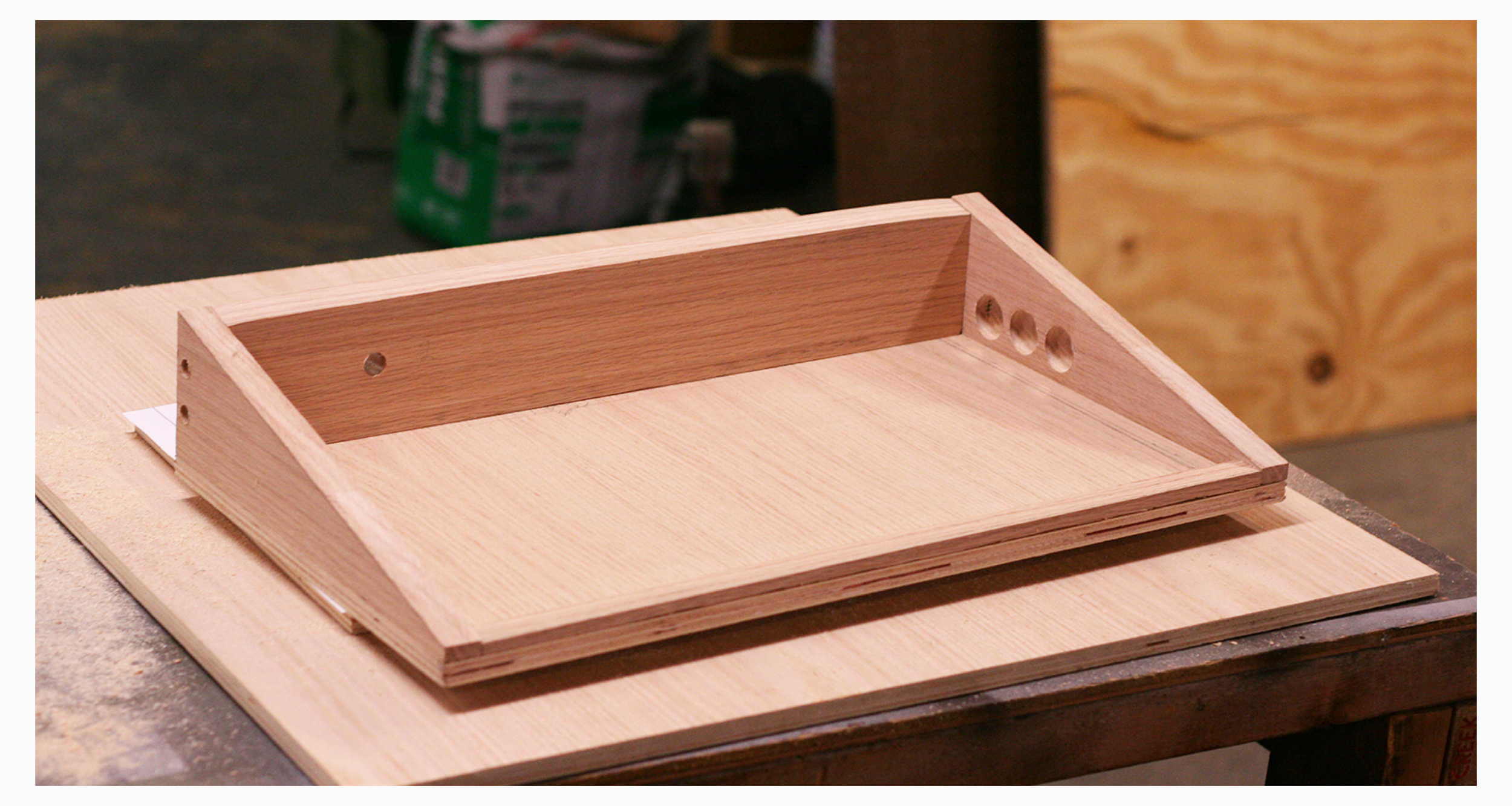
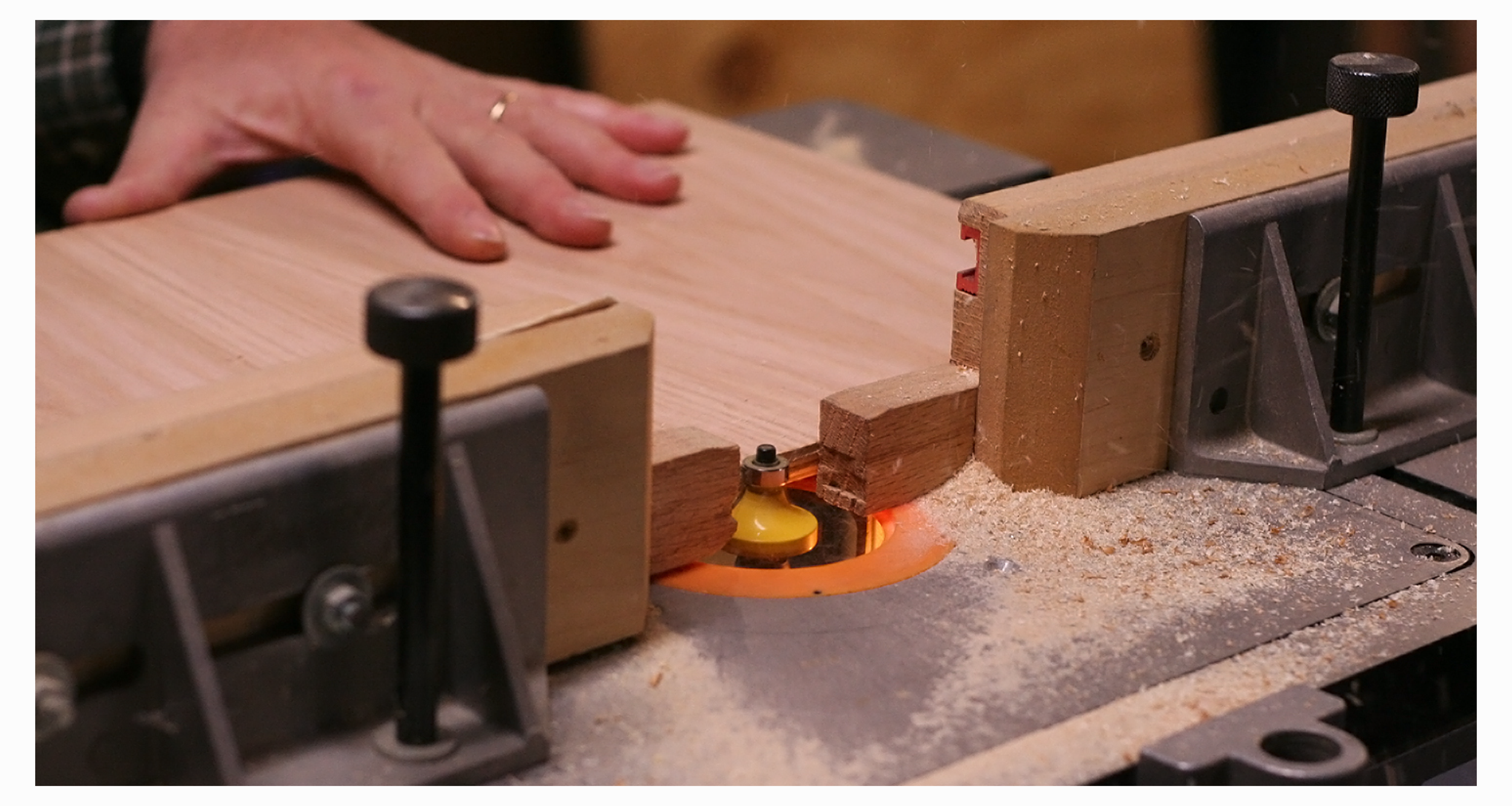
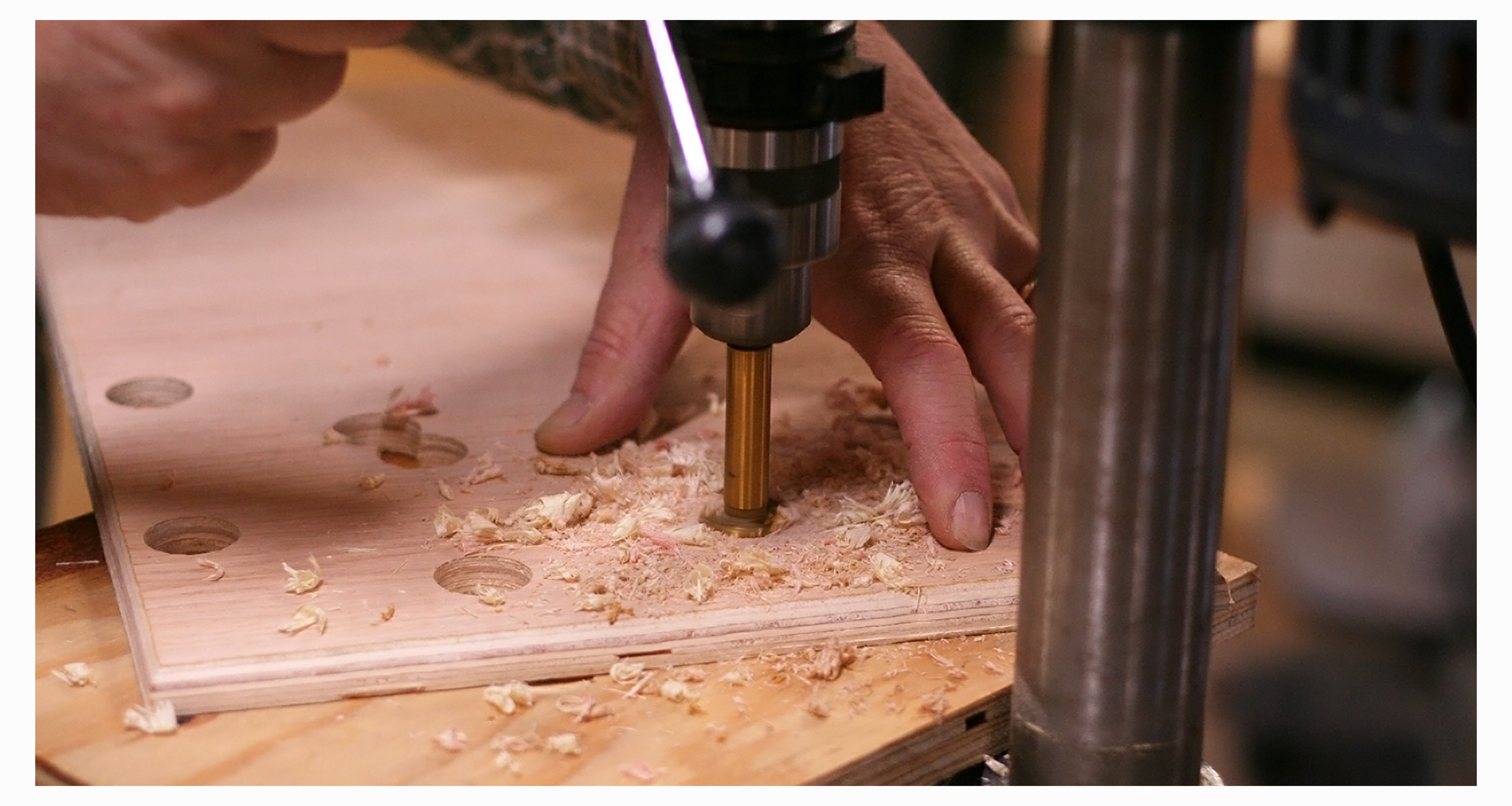
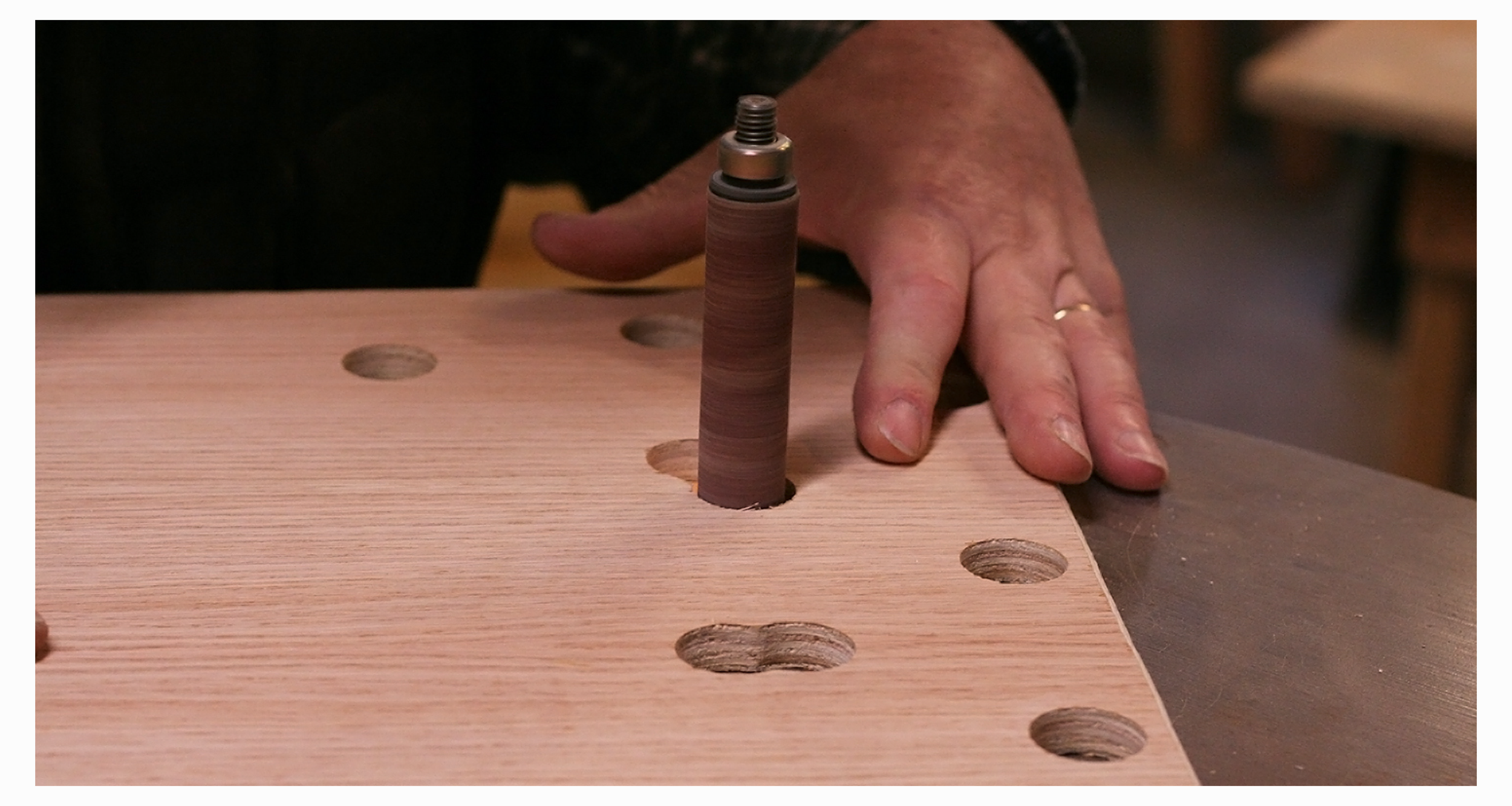
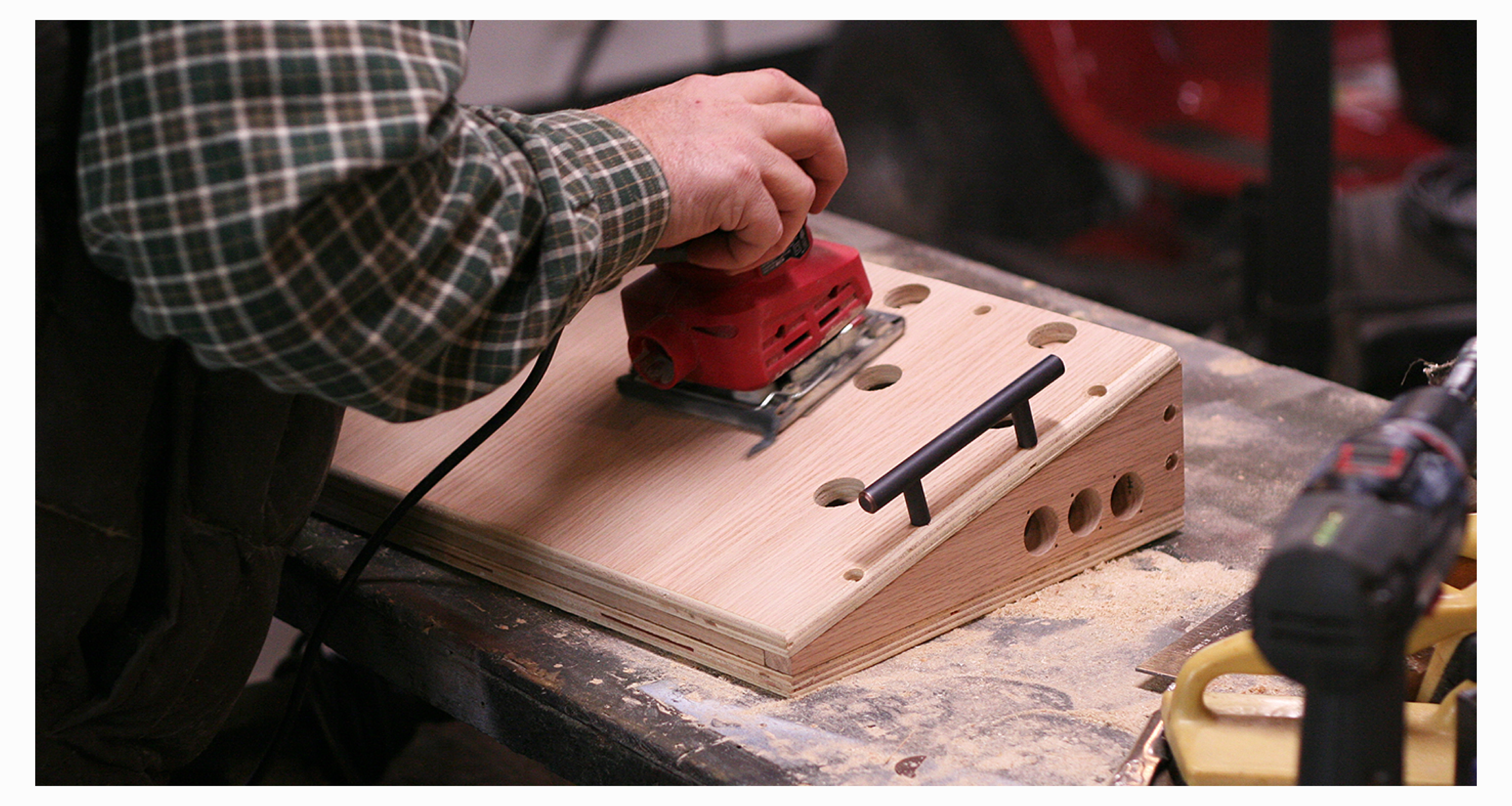
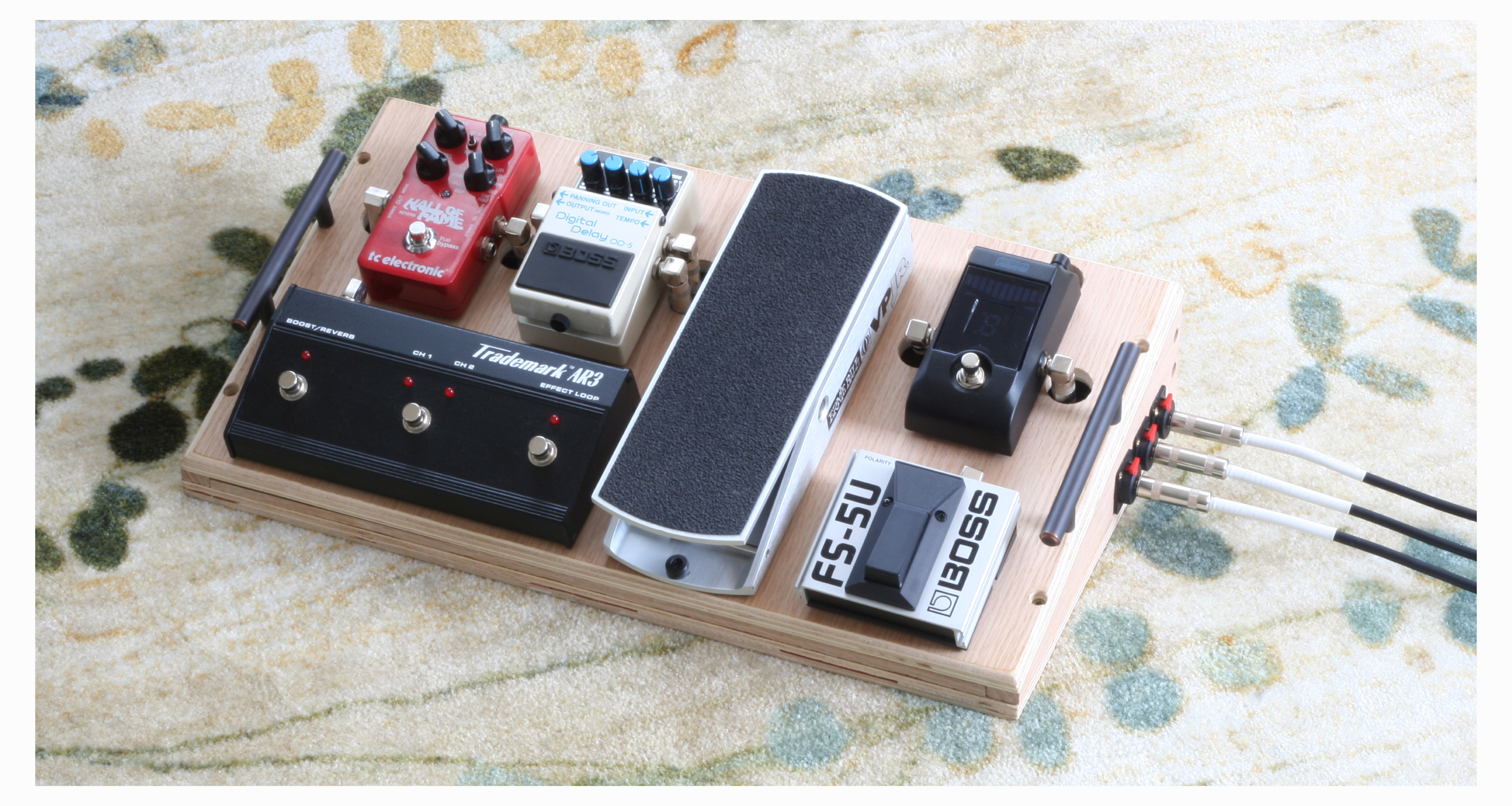
Product Type: Guitar Pedalboard
Project Type: Independent Work
Built to be compact and efficient, the pedalboard was designed out of true necessity. While only three distinctly different effects are being utilized, given the particular attention to not only their placement on the pedalboard but also their arrangement within the guitar’s signal chain, the six guitar effects pedals allow the player the following options to be accessible:
footswitch to amp | control between clean and overdriven channels, master boost control, master spring reverb control, master on/off control of the effects loop
guitar to pedalboard to amp |tuner > volume pedal > digital delay (with external tap tempo) > secondary reverb (with modulation)

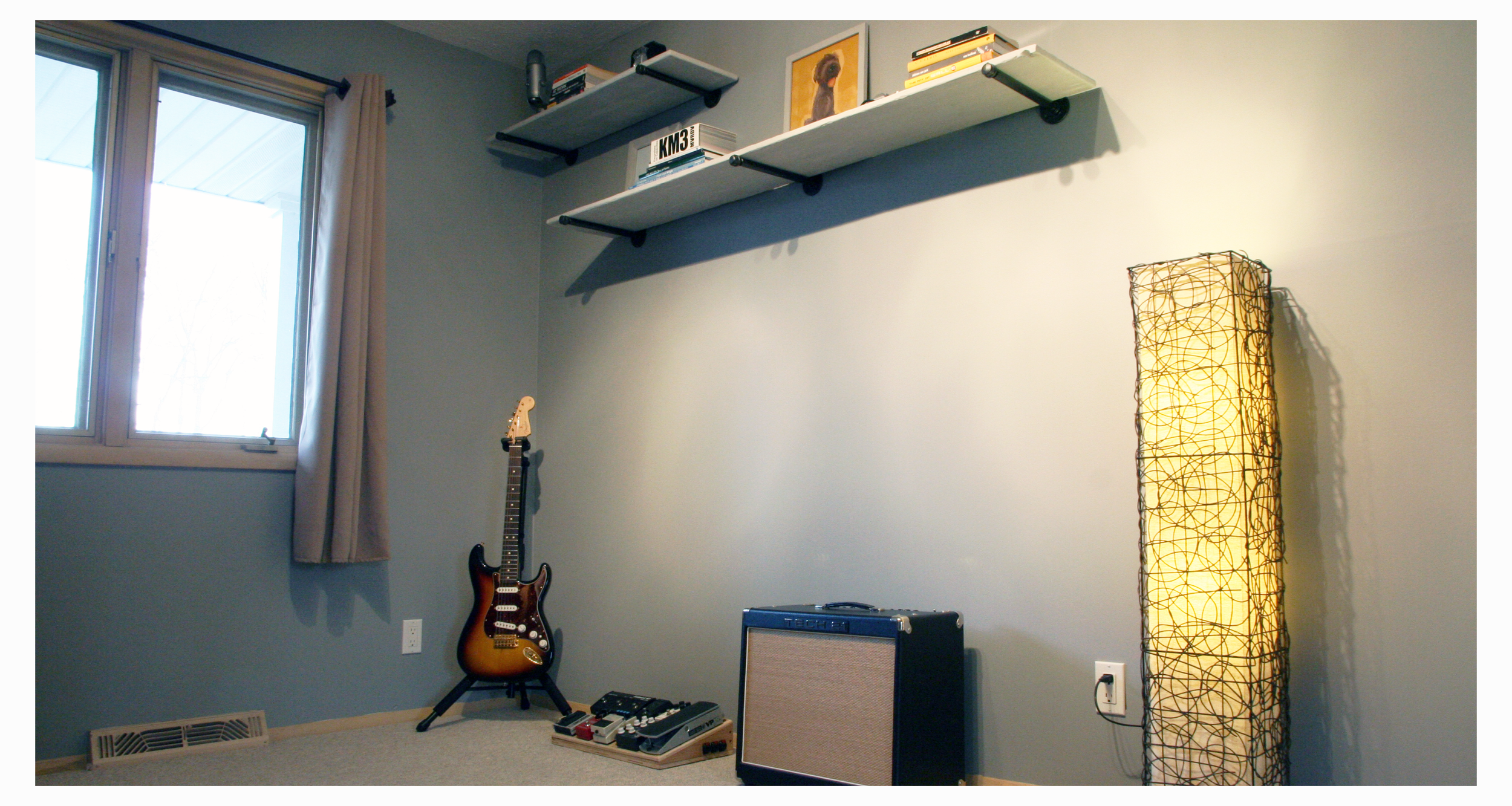
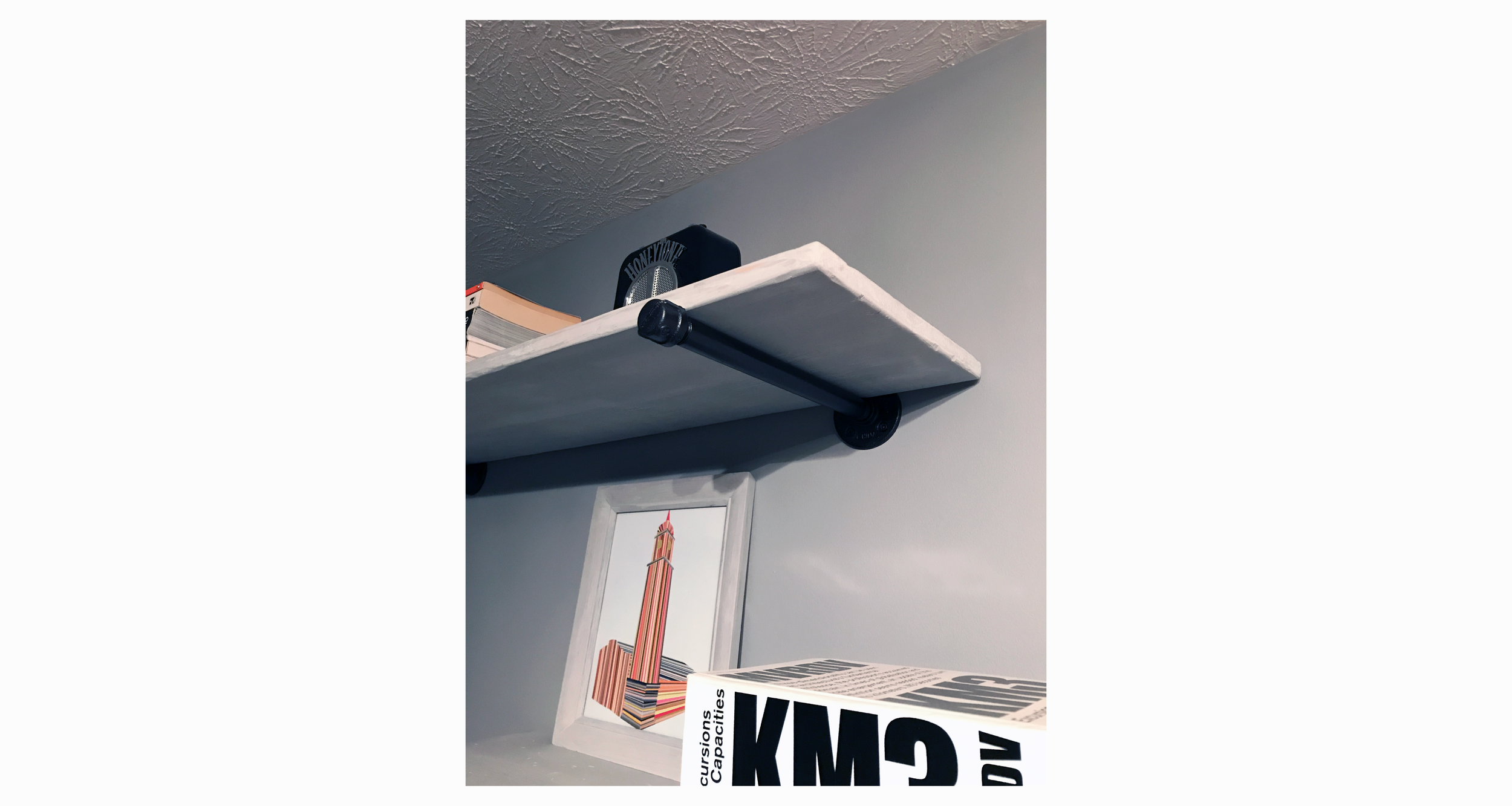
Product Type: Bookshelves
Project Type: Independent Work
The following bookshelves seek to not only exist functionally but to compliment the existing accessories found within the home office. The original design consisted of a series of 5 individual shelving units where their arrangement formed a single comprehensive structure. A fully digital 3D prototype of the office space was modeled and it became apparent that the design needed to be reduced to 3 shelving units. However, during physical construction, it was decided to reduce the number of shelves to 2 as to not overwhelm the space.
In her blog DIY: Office Shelves Kristy Dickerson offers a series of detailed and thoughtful steps for construction. This version has been modified utilizing slightly thinner wood and favors the use of chalk paint over wood stain for the finish.
